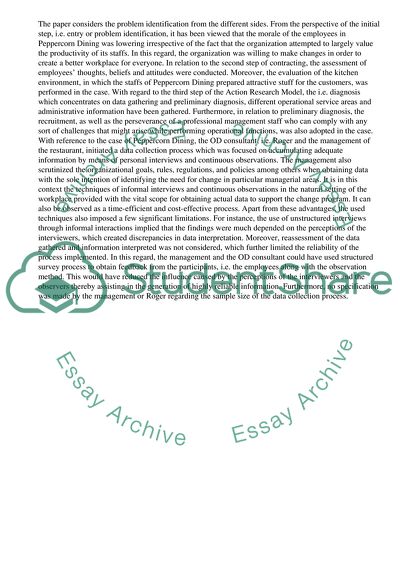Cite this document
(“Organizational Change: Peppercorn Dining Case Study”, n.d.)
Retrieved de https://studentshare.org/business/1459851-case-study-organizational-change-peppercorn-dining
Retrieved de https://studentshare.org/business/1459851-case-study-organizational-change-peppercorn-dining
(Organizational Change: Peppercorn Dining Case Study)
https://studentshare.org/business/1459851-case-study-organizational-change-peppercorn-dining.
https://studentshare.org/business/1459851-case-study-organizational-change-peppercorn-dining.
“Organizational Change: Peppercorn Dining Case Study”, n.d. https://studentshare.org/business/1459851-case-study-organizational-change-peppercorn-dining.


